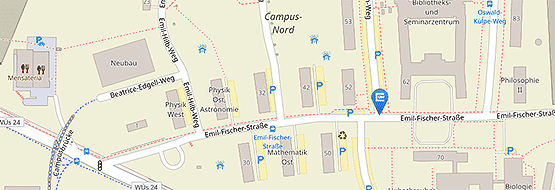Daniel Zoller, M.Sc.

Chair of Data Science (Informatik X)
University of Würzburg
Am Hubland
97074 Würzburg
Germany
Research Interests
After I received my masters degree in computer science from the University of Kassel in 2013, I started my PhD here at the Data Science Chair. I am interested in recommender systems and information retrieval. Further topics of interest include deep learning, machine learning in general and software engineering.
I am leading the development team of our bookmarking system BibSonomy.
Publications
Here is a list of selected publications I have co-authored. A full list of my publications can be found here.
-
How Social is Social Tagging?. . In 23rd International World Wide Web Conference, {WWW} ’14, Seoul, Republic of Korea, April 7-11, 2014, Companion Volume, of WWW 2014, pp. 251–252. ACM, New York, NY, USA, 2014.
-
Integrating Keywords into BERT4Rec for Sequential Recommendation. . In KI 2020: Advances in Artificial Intelligence. 2020.
-
Leveraging User-Interactions for Time-Aware Tag Recommendations. . In Proceedings of the Workshop on Temporal Reasoning in Recommender Systems, of {CEUR} Workshop Proceedings. 2017.
-
Posted, Visited, Exported: Altmetrics in the Social Tagging System BibSonomy. . In Journal of Informetrics, 10(3), pp. 732–749. 2016.
-
What Users Actually do in a Social Tagging System: A Study of User Behavior in BibSonomy. . In ACM Transactions on the Web, 10(2), pp. 14:1–14:32. 2016.

